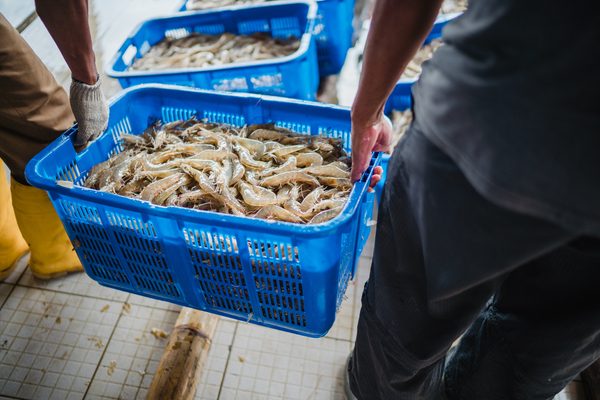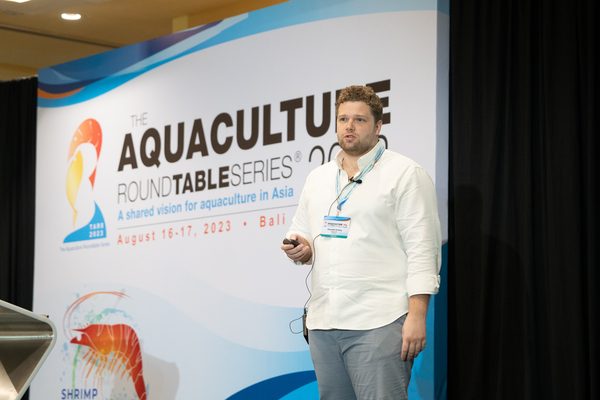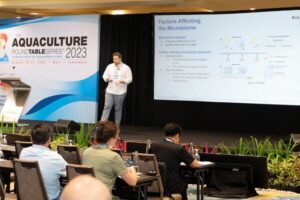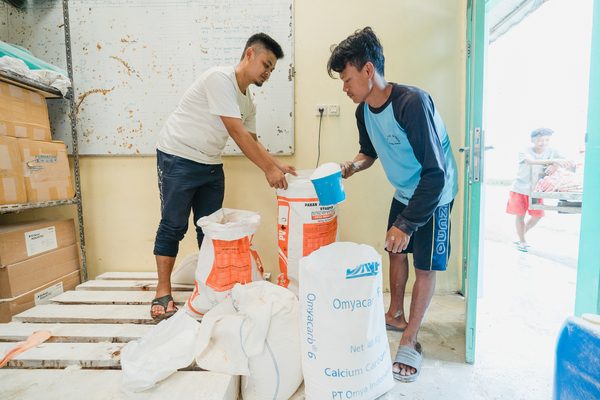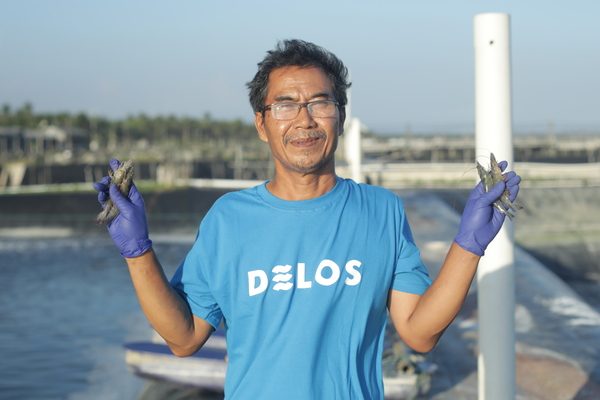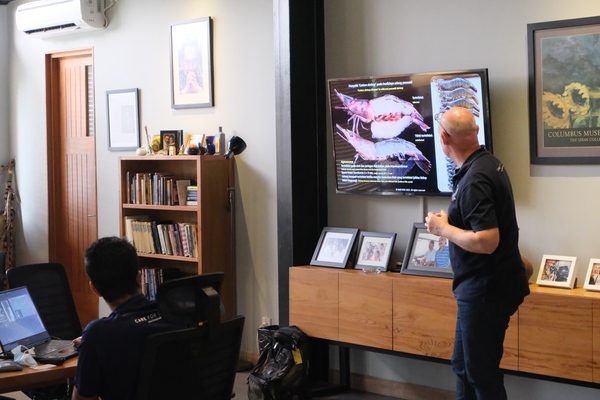Exporting Shrimp to Japan: Procedures and Requirements
If you are considering exporting shrimp to Japan, it’s essential to understand the procedures and requirements involved. This article will provide a comprehensive guide on the procedures and requirements for exporting shrimp to Japan.
Japan is one of the major markets for seafood exports, including shrimp. High demand and strict quality standards make Japan an attractive destination for shrimp producers worldwide. However, to succeed in exporting shrimp to Japan, you must adhere to specific procedures and requirements, which we will discuss in this article. Let’s dive in!
Also Read: Prospects and Compelete Methods for Exporting Vannamei Shrimp
Export Opportunities for Shrimp to Japan
In recent years, Japan has seen a decline in its domestic seafood and marine product production. Given that many traditional Japanese dishes rely on seafood, there is a significant need for imports to meet consumer demand.
In 2020, Japan ranked as the third-largest importer of frozen shrimp globally, following the United States and China. Vietnam held the largest market share at 22.1%, while Indonesia ranked third with a 17.2% market share in 2020.
Generally, Indonesia faces competition from other ASEAN countries like Vietnam and Thailand in exporting shrimp to Japan. However, Indonesia’s shrimp exports to Japan decreased by 0.4% compared to 2012 when it accounted for 17.6% of shrimp exports.
This trend needs to be monitored, especially as other competing countries experience rapid growth. For example, Argentina, which had only a 5.5% market share in 2012, saw its share increase to 10.2% in 2020.
To succeed in exporting shrimp to Japan, it’s crucial to ensure that the quality and pricing of your products remain competitive compared to other exporting countries.
Also Read: Types of Feed Additives for Vannamei Shrimp and Their Benefits
Requirements for Exporting Seafood Products to Japan
The requirements and regulations for exporting seafood products to Japan were established by the Japan External Trade Organization (JETRO) in 2011. These regulations include:
1. Product Labeling Regulations
When exporting shrimp to Japan, you must provide labelling information on the packaging according to the standards outlined in the Act for Standardization and Proper Labeling of Agricultural and Forestry Products.
This information should include the product name, ingredients, content, expiration date, storage method, country of origin, and the name and address of the importer.
2. Tariffs and Import Duties
Frozen shrimp from Indonesia enjoys duty-free access to the Japanese market. Japan also grants this tariff-free treatment to other countries like Vietnam, India, and Thailand.
This is advantageous for Indonesia and is expected to enhance the competitiveness of Indonesian shrimp in the Japanese market, potentially increasing export volumes.
3. Marketing Regulations
Exporting shrimp to Japan is regulated by several laws, including the Foreign Exchange and Foreign Trade Act, the Food Sanitation Act, and the Customs Act.
These laws cover import quotas, import approvals, food safety regulations (e.g., additive content, pesticide residues, mycotoxins), and import/export declarations.
4. Payment Methods
Payment methods for exporting shrimp to Japan can include advance payment (T/T), letter of credit (L/C), promissory note, documentary collection or draft, open account, and consignment sales.
The choice of payment method often depends on the trust between the importer and exporter and their respective capabilities and willingness to pay.
Also Read: Understanding Sampling in Shrimp Farming and Its Benefits
Export Procedures for Shrimp to Japan
1. Fulfilling Export Requirements
There are specific requirements set by the Japanese government that you must meet to export shrimp to Japan. These requirements cover shrimp quality, labeling regulations, import duties, and more.
2. Obtaining Special Certifications
To enter the Japanese market, your shrimp may require special certifications, such as quality and safety standards. These certificates must be issued by authorized agencies and recognized by the Japanese government.
3. Proper Packaging
Properly packaging shrimp according to standards is essential before exporting. Adequate packaging ensures the quality of the shrimp remains intact during transportation to the destination country. Japan has specific packaging requirements for shrimp products, so comply with these standards.
4. Document Completion
To ensure a smooth export process, complete all required documents, both from the Indonesian government and the Japanese government. This includes export permits, invoices, certificates, and other supporting documents.
5. Coordination with Authorities
Before exporting, it’s crucial to coordinate with relevant authorities involved in import and export. This ensures a smooth and secure export process.
Also Read: 4 Types of Vannamei Shrimp Farms You Have to Know
Start Exporting Your Vannamei Shrimp with AquaLink!
Exporting shrimp to Japan can be both challenging and rewarding. To succeed, you need to meet specific requirements and follow proper procedures.
It’s also essential to find a trustworthy and transparent shrimp export partner. You can consider AquaLink as your shrimp export partner.
Contact the DELOS AquaLink team at contact@delosaqua.com or submit an inquiry through our website www.delosaqua.com to begin exporting your vannamei shrimp with AquaLink!



